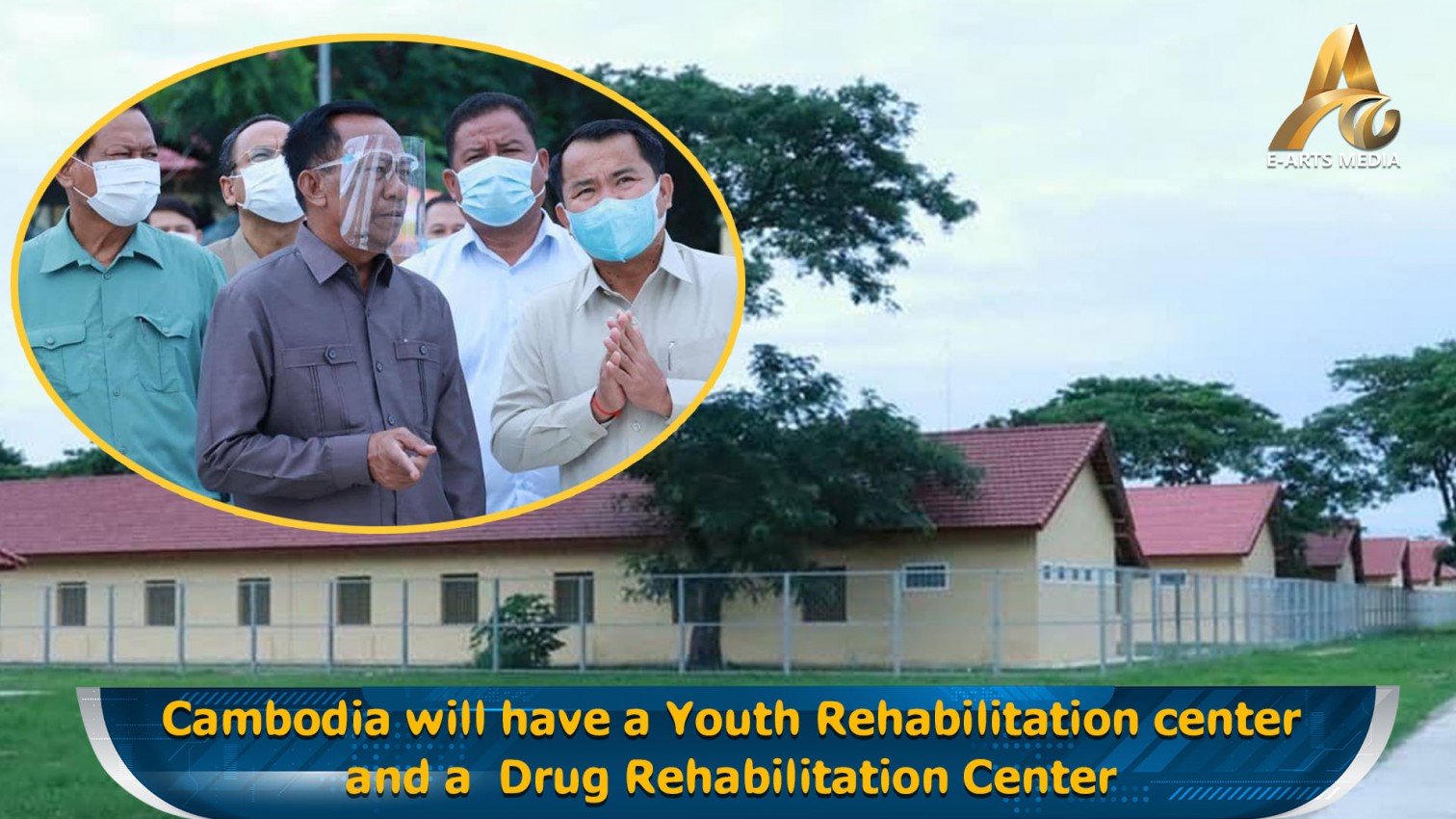INTERNATIONAL: Alarming statistics shed light on the global issue of violence against children, including online violence. Shockingly, one in two children worldwide experiences various forms of violence, ranging from sexual and emotional abuse to physical harm. Recognizing the signs of violence and taking preventive measures are crucial steps in addressing this pressing concern.
Understanding Violence Against Children:
Violence against children encompasses a wide range of harm inflicted upon individuals under the age of 18. Infants and young children often fall victim to child maltreatment, including physical, sexual, and emotional abuse, as well as neglect, usually at the hands of parents and authority figures. Both boys and girls face equal risks of physical and emotional abuse and neglect, though girls are more vulnerable to sexual abuse. As children enter adolescence, peer violence and intimate partner violence become increasingly prevalent alongside child maltreatment.
Preventing Violence Against Children:
Fortunately, violence against children can be prevented through a comprehensive approach that addresses risk and protective factors at multiple levels: individual, relationship, community, and society. Child maltreatment, a form of violence, includes physical and emotional ill-treatment, sexual abuse, neglect, negligence, and exploitation. Such maltreatment not only harms children physically but also impairs brain development, damages the nervous and immune systems, and induces stress. The consequences are far-reaching, including delayed cognitive development, poor academic performance, mental health issues, and an increased likelihood of engaging in risky behaviors. Interventions to prevent child maltreatment focus on supporting parents and caregivers, promoting non-violent norms and values, providing education and life skills training, strengthening families' economic security, offering high-quality response and support services, creating safe environments, and enforcing laws against child maltreatment.
Addressing Youth Violence:
Youth violence poses a significant global public health problem, encompassing acts such as bullying, physical fights, sexual assault, and even homicide. The repercussions extend beyond immediate harm, leading to increased healthcare, welfare, and criminal justice costs, reduced productivity, and societal deterioration. Additionally, youth violence often correlates with risky behaviors like substance abuse and unsafe sex, contributing to chronic diseases and early pregnancy. Effective prevention and response strategies include promoting parenting and early childhood development, implementing school-based anti-bullying programs, providing academic and social skills development initiatives, and addressing community and society-level factors such as alcohol misuse and poverty alleviation.
Global Efforts and Initiatives:
Recognizing the urgency of the issue, the World Health Assembly passed a resolution in May 2016 endorsing the WHO Global Plan of Action. This plan aimed to strengthen health systems' role in national responses to interpersonal violence against women, girls, and children. Collaborative efforts from communities and societies are crucial in combating violence against children and youth. By implementing preventive measures, supporting families, and creating safe environments, significant progress can be made in protecting their well-being and securing a brighter future.
Conclusion:
While violence against children remains a major health and social issue, there is hope in taking meaningful action. Evidence-based, multi-sectoral approaches have proven effective in preventing violence against children both online and offline. As public officials and practitioners, we can turn to the World Health Organization (WHO) for best practices and guidance. By shifting our focus from awareness to action, we have the power to end all forms of violence against children and create a safer world for future generations. Together, let us build a society where violence against children is not tolerated but actively addressed through collective efforts.






















